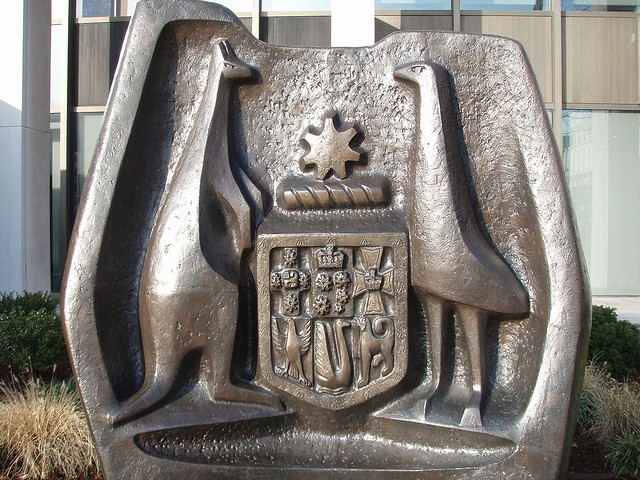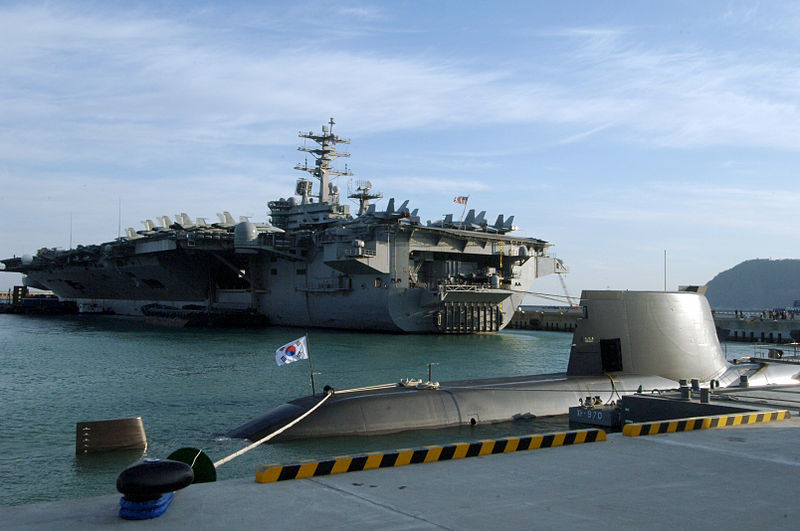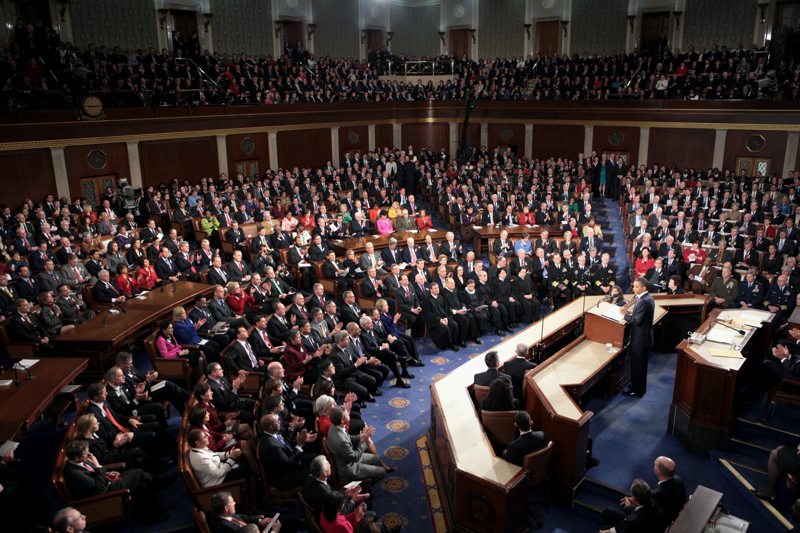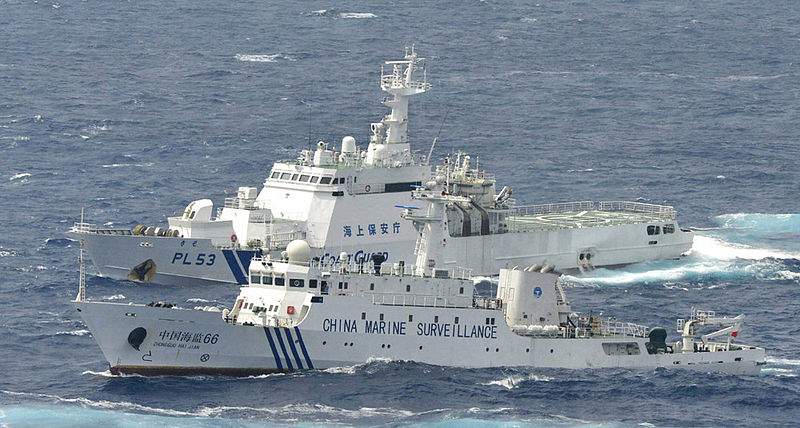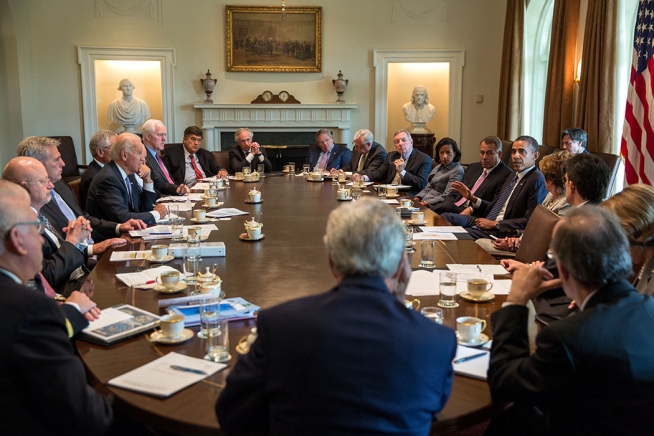2% of GDP: it might be logical, but is it rational?
 Remarkably, there’s now bipartisanship in Australian Defence. Both major parties agree that the Defence Budget should be 2% of GDP. The only difference is the timing in getting there. While some express doubts, there’s a certain logic to this position. Its rationality is less easily discerned.
Remarkably, there’s now bipartisanship in Australian Defence. Both major parties agree that the Defence Budget should be 2% of GDP. The only difference is the timing in getting there. While some express doubts, there’s a certain logic to this position. Its rationality is less easily discerned.
Logically this declaration cuts through worries about strategy or the ADF’s role. There are some who see the Defence budget as buying insurance; the more you buy, the less you’ll lose if some predetermined event occurs. Seen this way it’s just like car insurance—spend a bit and get third party, spend more for comprehensive, spend even more and cover the windscreen, lower the excess and so on. The attraction of this risk management policy is that it avoids having to have a strategy. And devising strategies are intellectually demanding. We’re still recycling Paul Dibb’s 1987 deterrence by denial strategy—even though the Cold War has ended, China’s risen, the Arab Spring has come (and gone?) and cyber war is the new black. Read more

